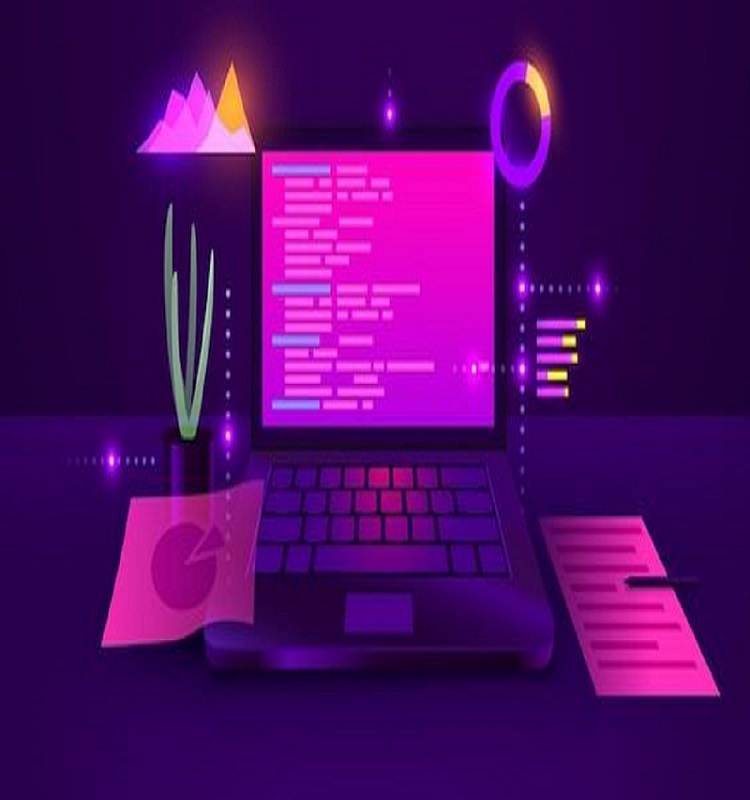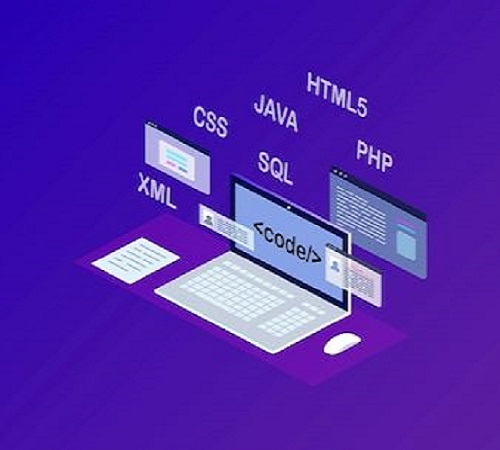Software Development Company
Software development is the symphony of creativity and engineering that powers the digital world we inhabit today. From complex applications to user-friendly websites, software development shapes our interactions with technology. In this unique content, we will embark on a comprehensive journey through the fascinating realm of software development. From the inception of an idea to the intricacies of coding and testing, we’ll explore the key components that bring software to life, shaping our digital landscape and driving innovation.
The Birth of an Idea:
Software development begins with a spark of imagination – an idea that has the potential to transform the way we live, work, or communicate. This initial stage is crucial, as it involves brainstorming, research, and defining the scope of the project.
a. Ideation and Conceptualization: Developers, stakeholders, and visionaries collaborate to brainstorm ideas, identify problems to solve, or seize opportunities. This stage sets the foundation for the entire software development process.
b. Market Research and Feasibility: Analyzing the market and conducting feasibility studies helps assess the viability of the idea, understanding potential challenges, and identifying the target audience.
c. Defining Requirements: Careful analysis and documentation of project requirements provide a clear roadmap for development, ensuring that all stakeholders share the same vision.


The Architect's Blueprint:
Like an architect designing a masterpiece, software development requires meticulous planning and architectural design to ensure the software’s robustness and scalability.
a. System Architecture: The software’s high-level structure is designed, outlining components, modules, and their interactions. It considers factors like performance, security, and flexibility.
b. User Experience (UX) and User Interface (UI) Design: UX designers focus on understanding users’ needs and expectations, while UI designers craft visually appealing interfaces for optimal user interactions.
c. Wireframing and Prototyping: Creating wireframes and prototypes allow for early-stage testing and validation of design concepts before the actual coding begins.
Coding and Development:
The coding phase breathes life into the software, transforming lines of code into functional modules and features.
a. Programming Languages and Tools: Developers select programming languages and frameworks best suited for the project’s requirements, performance, and scalability.
b. Object-Oriented Programming (OOP): OOP principles enhance software design by encapsulating data and behavior within objects, promoting modularity and code reusability.
c. Version Control: Developers use version control systems like Git to track changes, manage collaboration, and revert to previous versions if needed.
d. Test-Driven Development (TDD): TDD involves writing test cases before writing the actual code, ensuring code correctness and facilitating future updates.




